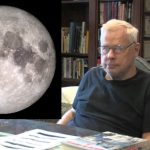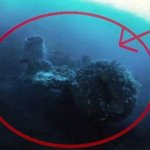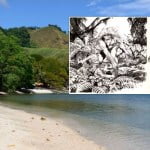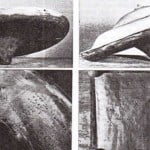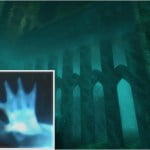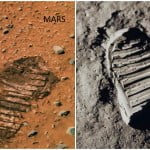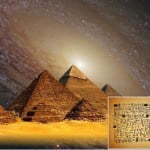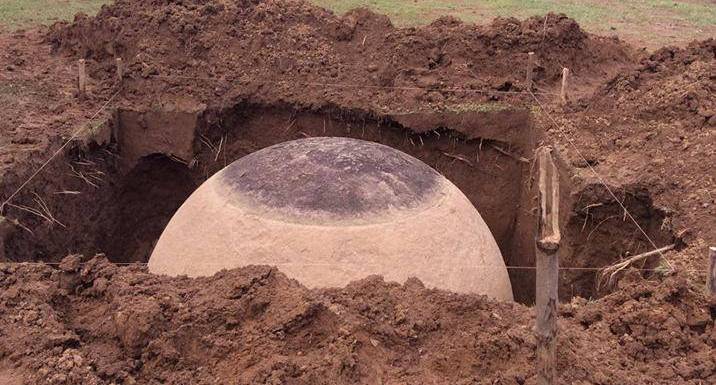
A research conducted in Costa Rica exposed vast, almost perfect, stone spheres, which bewildered the experts concerning the precision the people succeeded to achieve in the distant past.
The massive stones spheres are called the stone spheres of Diquis, an area located in the south of Costa Rica.
According to the National Museum of Costa Rica, they originate around 300 and 1500 AD. The ancestors of the Boruca Culture made them.
“We have studied the terrain in which there are more than 15 of these spheres, and some are placed beside areas that give access to residential buildings as if they were placed there to welcome you.”
They were used as a sign of hierarchy, rank and ethnic distinction,” said archaeologist Francisco Corrales of the National Museum of Costa Rica.
These large stones were discovered aligned in sets, forming important architectural structures. Likely, they served to bolster the renown of a place or the power of the rulers.
Many features characterize the massive stones as more than outstanding. Their symbolic yet complex creation, perfect shape and subtle polish of their surface, everything attributes to their exceptional appearance.
“It’s an incredible opportunity to study these unique elements in the world and in particular the five partially buried spheres located in the archaeological zone Finca 6,” says Mexican archaeologist Isabel Medina.
“We work to release the spheres employing an archaeological excavation in order to document their state, both on the exposed upper surface and on the ground, with the aim of forming a record of the physical state of each one.”
Medina said the chose to preserve the spheres because it’s the proper thing to do for a further study. The examination will be accomplished by a team from the National Museum of Costa Rica.
The stone spheres own an unbelievable accuracy since some of them are even 96% perfectly shaped.
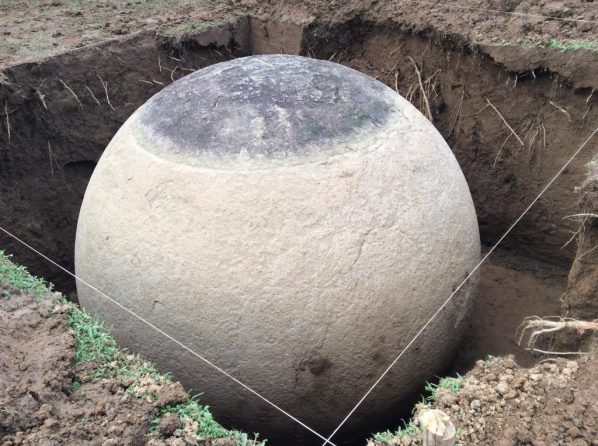
“We found the tools that were used near the spheres and the instruments which were used to smoothen the stone,” said Corrales.
“They were made of various materials, granite and gabbro rocks, limestone or sandstone, but mostly gabbro.“
The creation of spheres required grinding massive blocks of igneous stone. Namely, gabbro, granodiorite, and andesite or sedimentary stones such as limestone and sandstone.
The method of producing the stones included cutting the surface with stone tools. Ancient people used heat to eliminate the additional covers of rocks. Thanks to the tools of wood, they were able to master their roundness as well.
Moreover, they treated the exterior with sand while polishing the larger ones to achieve brilliance and shimmer.
The stone spheres vary from only a few centimeters up to 2.66 meters in diameter. Some of them even weigh incredible 25 tons.
In addition, the natural material used for their production locates in the foothills of the Cordillera Costeña.
From that area, the ancients moved the material or half of the structure to the place where they intended to eventually locate it.
However, it remains unclear how these people managed to transport the stones. One thing is sure, it was a complex duty which likely required a great portion of people and organization.
Unfortunately, a large part of the stone spheres was removed from their original site. Therefore, there is a lack of relevant information about their root and practice.
Under those circumstances, many myths and legends appeared due to their mysterious background.
Considering the pre-Columbian cultures, some people believe aliens created these stones. Others, on the other hand, claim they are remains from the mythical Atlantis.
Anthropologists Ivar Zapp and George Erikson consider the spheres as proof that in the Diquis area once flourished a great advanced.
In their work, the Atlantis in America they argue that the stones designated marine routes, and served as navigational instruments.
According to them, their adjustments aimed towards megalithic sites like the Columns of Hercules (Gibraltar), the pyramids of Egypt, Stonehenge, or Easter Island.


